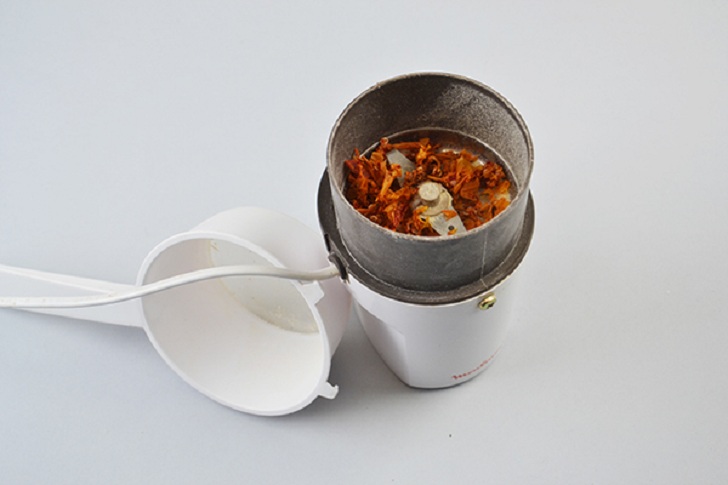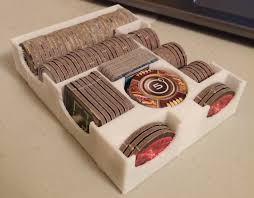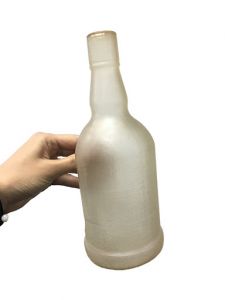Key Benefits
1. Reduce Costs
3D printing technology is still too cost-prohibitive to be main-stream. For some businesses, however, the potential for cost savings is real. This is because 3D printing is far more efficient at producing packages than any present method. It uses a minimal amount of material and its output is greater than other forms of production. Once the technology becomes more in-demand, 3D printing costs will go down and more businesses may jump on the bandwagon.
2. Quicker and More Effective Prototyping Process
This is where the packaging industry can benefit more immediately from 3D printing. The potential for effective prototyping is exciting. Designers can create different models of packaging digitally and simply use the 3D printer for prototyping the packaging. This saves on material, labor and of course, gives designers a real look at how their prototype can function. It makes for a more efficient manufacturing process along with allowing designers to better fine-tune their packaging.
3. Easy Recycling and No Waste of Materials
One of the more alluring components of 3D printing is the fact that it is incredibly sustainable. It allows for easy recycling because recycled materials can be used to reproduce packages and prototypes. Another benefit is that 3D printing has no waste. The process doesn’t use any more material than it has to and is the reverse of other packaging design processes, which inevitably waste at least some portion of the material being used. What’s also economical is the fact that 3D printing creates an entire package through one process. There is no need for separate processes for creating the packaging and then adding the printing.
Applications
Food Packaging Design Prototyping
Rather than taking months, as prototyping can do with conventional technologies, it can be done in weeks using 3D printing technology. Yet, the packaging industry has not embraced 3D printing with the fervor of other industries. Prototypes made with 3D printing can include full-color text and graphics. Additionally, necessary design changes (to shape or label content, for example) can be incorporated into improved prototypes within a matter of days. Ultimately, this accelerates time-to-market.


Customization and Personalization of packages
Customization and personalization of food packaging design also lend themselves well to 3D printing. For example, a gourmet candy brand could 3D print custom packaging for weddings and other occasions. While this can be done now with conventional technologies, 3D printing could greatly expand access to custom food packaging design and allow products to reach into new markets. Furthermore, apps could be developed that allows customers to create their own customized food packaging design on-demand.
Easier Market Testing of Food Packaging Designs
Imagine how much easier testing of food packaging designs could be with 3D printing. Not only can brands be more creative and novel with their designs, but they can also test them against each other and against more traditional designs to gauge customer sentiment and readiness for novelty. Brands can do this without big investments in time and infrastructure. Moreover, should testing prove inaccurate, 3D printing allows for much faster design modification than older manufacturing technologies. The benefits of 3D printing technology to the food packaging design industry are clear, and innovations like Smart Cups are sure to inspire more ways of how 3D printing can be used in the food industry. There is no time like the present for food packaging designers to embrace the promise that 3D printing technology offers.

